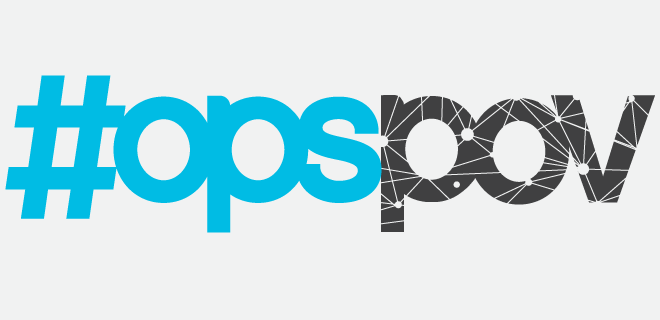
I returned to NYC from ad:tech San Francisco with a lot of story ideas and a nasty case of bronchitis. What a week to get stuck on the sidelines (i.e., in bed, wheezing): first, Rubicon Project, which kindly sponsored our San Francisco Meetup and a good majority of my coughing spells, went public (I saw them open the stock market on the TV in my doctor’s office!), jumped 33% and was sitting at a comfortable $19.01 at Monday, April 7’s opening.
Does Rubicon’s performance validate ad tech as a business model? Come on, Google did that years ago. But Rubicon will be scrutinized to determine wider investor interest in multi-functional platforms, especially as the company makes great entreaties to the demand side. Is there also demand for some AppNexus stock? My guess would be yes…
Pub ops reaction to IPO announcements and stock launches is typically a single finger circling in the air, sometimes with a lackluster “wheeeeeee” added for effect. Still, there’s always a lingering concern that product quality will suffer if service providers are answering first to stockholders. Of course, that situation tends to provide cracks for startups and smaller players to sneak their way into the market.
The other big news of last week was the MRC’s long-awaited lifting of its advisory against transacting on a viewable basis. My inbox was flooded with commentary from various viewability providers, most of which could be summed up as, “This is great, especially since we’re MRC-certified!”
From the rumblings I was hearing around our SF Meetup and ad:tech, I thought the MRC might hike everyone’s blood pressure to extreme levels before kicking the lift down the path for another quarter. But it’s actually a relief to see the caution flags dropped. Sensing the inevitability of viewability, some publishers were getting ahead of the curve and transacting on a viewable basis.
Viewability has not been the harbinger of doom some on the supply side initially warned about. Sure, it stills seems a way for some agency folk to shift the blame for lack of performance from faulty media-buying tactics to publisher inventory concerns. However, viewability has encouraged publishers to analyze and rethink their ad products and placements, as well as embrace technology that offers deeper reporting on inventory performance.
Maybe with viewability no longer a dark cloud on the horizon, the focus can switch to engagement metrics, which potentially can boost publisher revenue while giving advertiser true insight into campaign performance.
Lest you think it’s all flowers and birds chirping from here on out, I can tell you right now third-party billing issues, namely discrepancies between ad server and viewability provider reporting, will be a major topic at numerous Publisher Forums to come. We’re assembling a fiesty panel on the subject for OPS on June 10 in NYC.
And as for viewability’s gnarled road to becoming a standard, the same challenge remains: there’s little congruity between provider technologies.